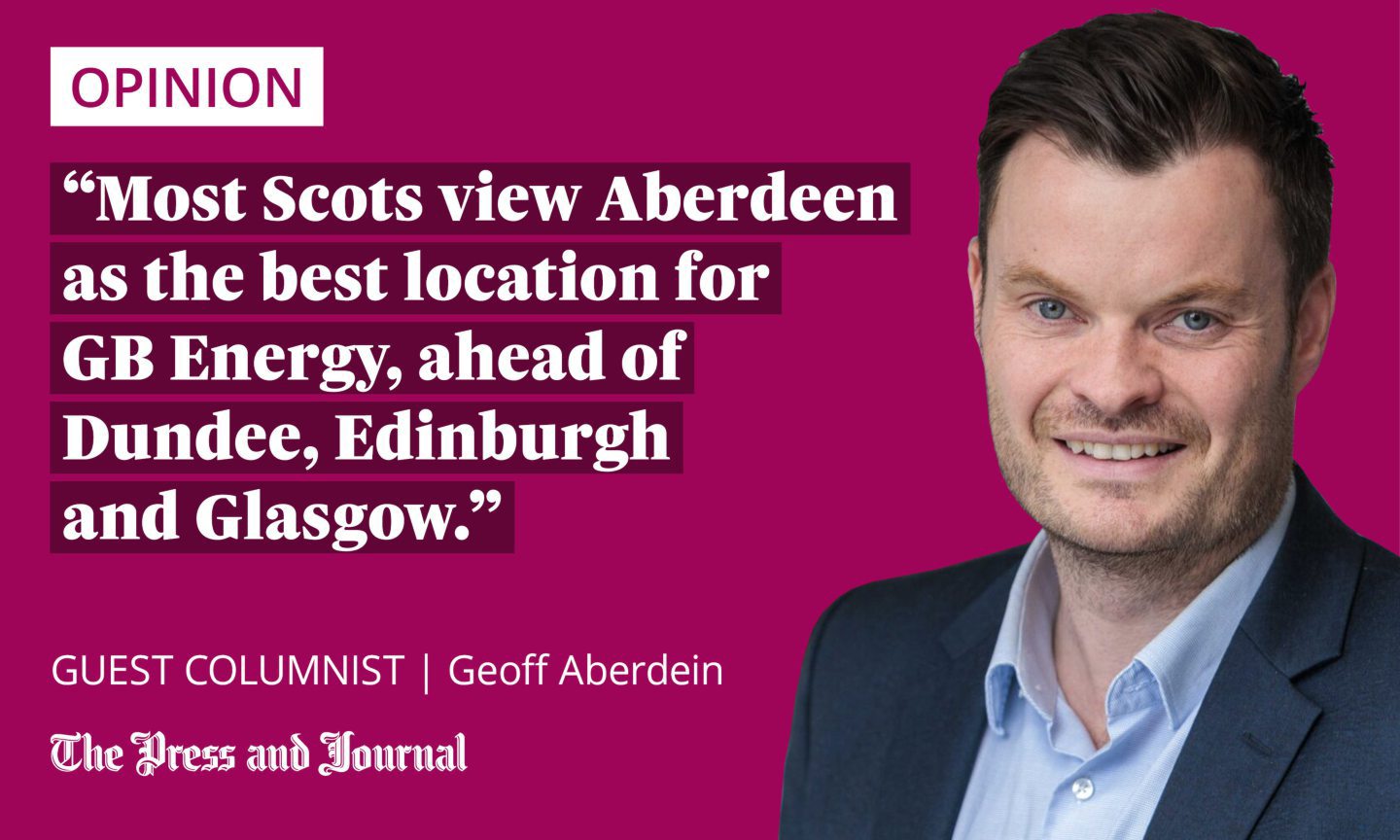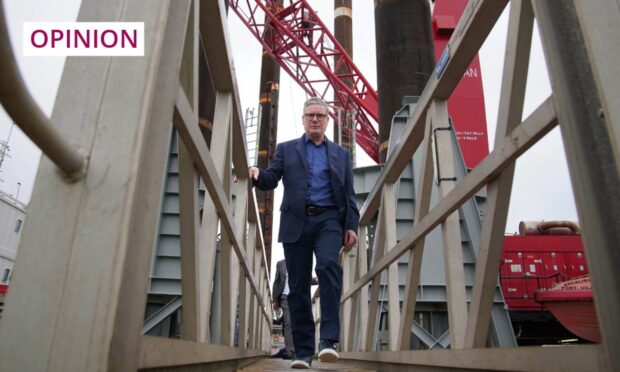The dust has settled on the general election and, following a disciplined and professionally executed campaign, voters overwhelmingly opted for the “change” Labour offered.
The party corralled its pitch around five “missions”, the most hotly debated of which was the pledge to make Britain a clean energy superpower. To ensure this mission is accomplished, Sir Keir Starmer said his government will establish GB Energy, a state-backed energy company, here in Scotland.
Specific detail on what the structure, remit and role of the company might be has been thin on the ground, and during the hurly-burly of the campaign, senior Labour politicians themselves seemed unsure when pressed. Is it an investment vehicle? Will it generate power? When and how will it reduce household energy bills? There were differing and, at times, unconvincing answers given to all three questions.
Amid all the pomp ceremony of the King’s Speech on Wednesday, we will learn the government’s priorities for the period ahead, and more information on GB Energy is expected. Whilst a fair degree of uncertainty shrouds this policy, there is absolutely no doubt as to the ideal location for its headquarters. The case for Aberdeen is compelling, logical and irresistible.
The Labour Party made clear during its campaign that it wants to work with the energy industry to co-create GB Energy, ensuring it delivers effectively. That industry is largely anchored across the north-east of Scotland, which boasts the largest cluster of energy supply chain companies anywhere in the UK, and harbours one of the largest concentrations of subsea engineering capabilities anywhere in the world. These are the very skills and expertise that are transferable to offshore renewables and are the essential drivers of transition.

And, while we have the people and the skills, we also – crucially – have the projects. Aberdeen is within 100 nautical miles of the vast majority of offshore wind developments – over 30GW of power – allocated through the ScotWind INTOG leasing rounds.
Along with Scotland’s only carbon capture and storage cluster (the Acorn project, 40 miles up the road at St Fergus), this all combines to provide an unrivalled pipeline of investment opportunity. GB Energy would massively benefit from taking decisions closest to the action.
All of us involved in the energy industry have been concerned by the plethora of interventions made by politicians in recent years, casting the future of our oil and gas sector in doubt. We have already witnessed the impact of job losses, and now is the time for the prime minister to make good on his promise that his energy plans “will not cost thousands of north-east jobs”.
Locating GB Energy in Aberdeen would create jobs, directly and indirectly, and be a welcome statement of intent and reassurance that the UK Government views the north-east of Scotland as crucial to the country’s energy future.
Let’s be honest – it’s not as if Aberdeen and the north-east have not held up their end of the bargain in terms of supporting the UK’s energy and economic security in the past. Since the turn of the millennium, the oil and gas industry has paid more than £150 billion in production taxes to the Exchequer, and the new UK Government has stated it will fund GB Energy by taxes from the sector. Return the favour, please.
Give the people what they want
The location of GB Energy is not removed from the sharp end of political considerations, either. Scottish Labour leader Anas Sarwar has his sights on becoming first minister after the Holyrood elections in 2026, but his party’s most northerly mainland seat is currently Stirling. If he wants to lead an administration that speaks for all of Scotland, headquartering GB Energy in Aberdeen is a good way to prove it.
Aberdeen is the only place where GB Energy can credibly be headquartered
Giving the people what they want is, for the most part, a sound political philosophy, and the view of my fellow citizens is clear. More than 850 businesses have already backed headquartering GB Energy in Aberdeen and, according to recent polling carried out by Survation for True North, most Scots view Aberdeen as the best location for GB Energy, ahead of Dundee, Edinburgh and Glasgow.
For all these reasons, Aberdeen is the only place where GB Energy can credibly be headquartered. You might say it’s “mission critical” for Sir Keir Starmer and the new UK Government to make the right decision.
Geoff Aberdein is managing partner of True North (Scotland), and former chief of staff to the first minister of Scotland


Conversation